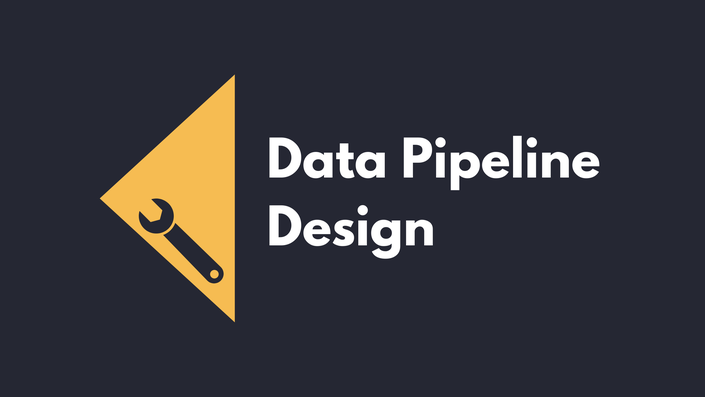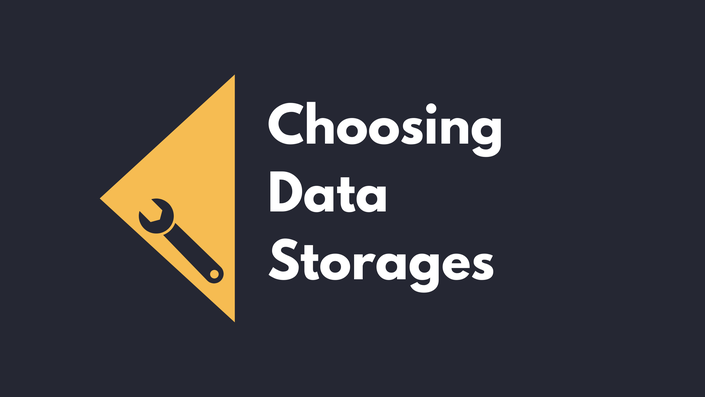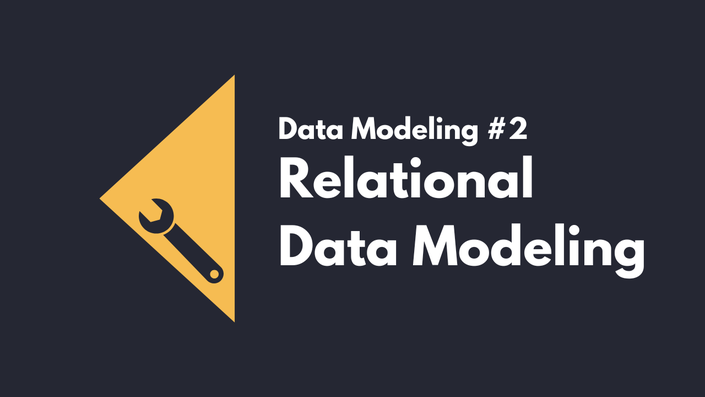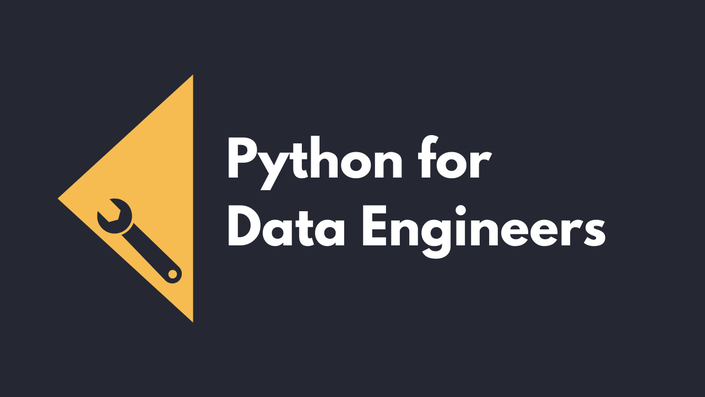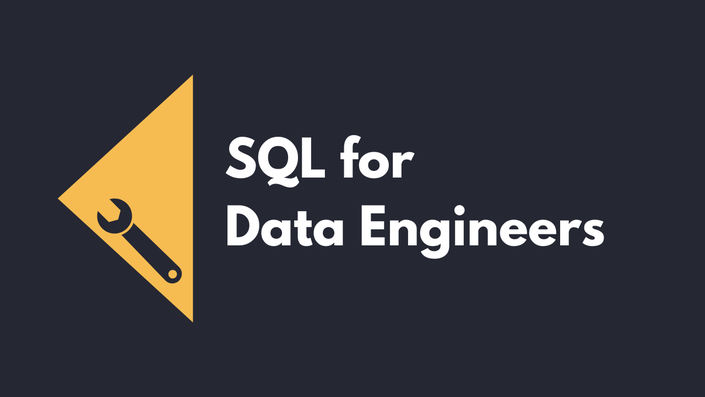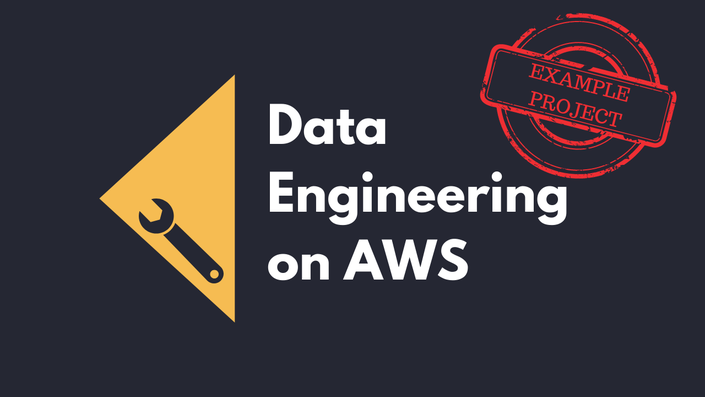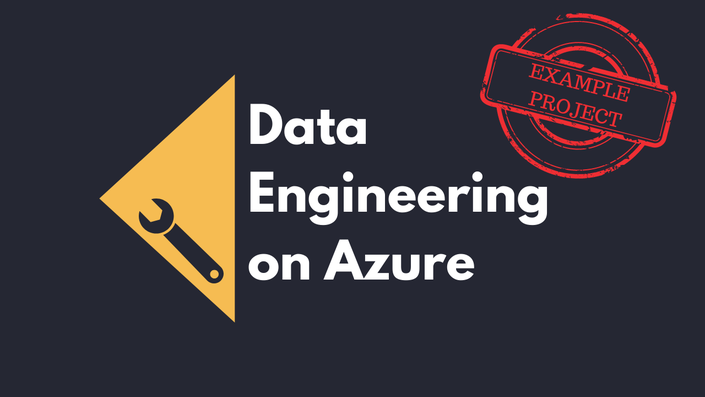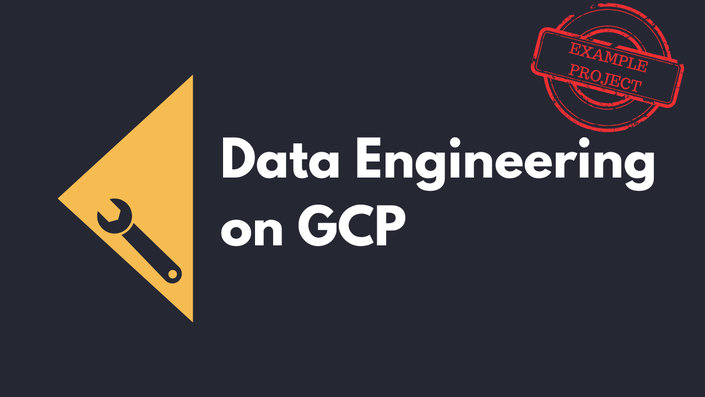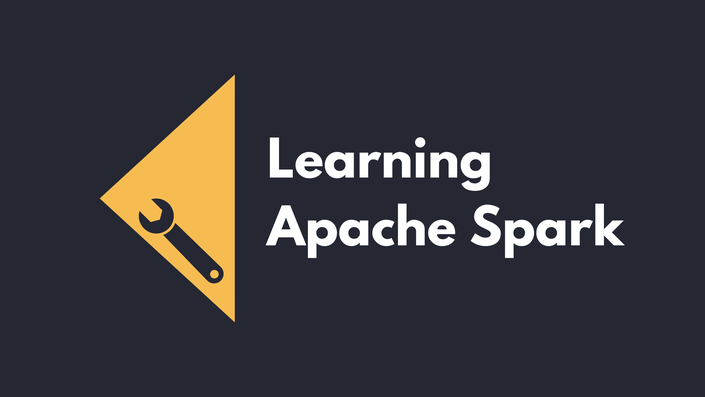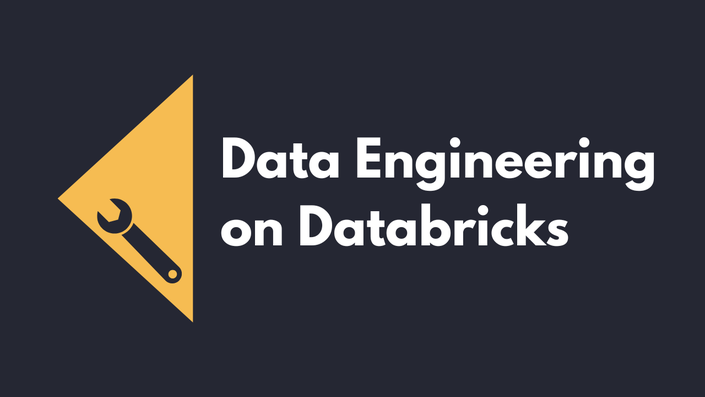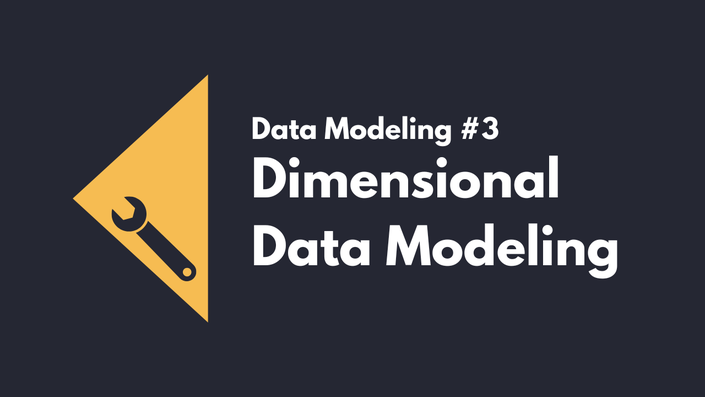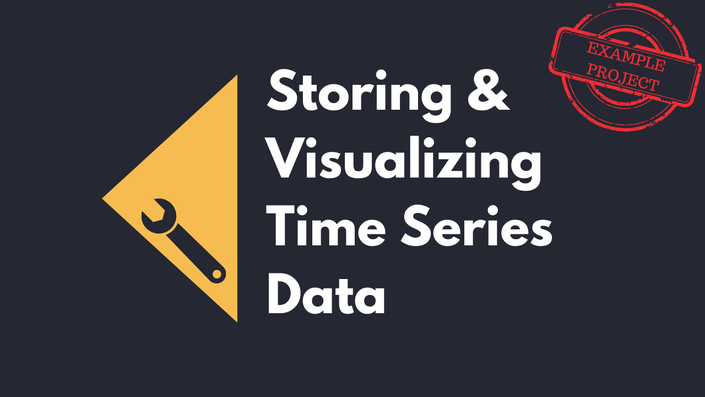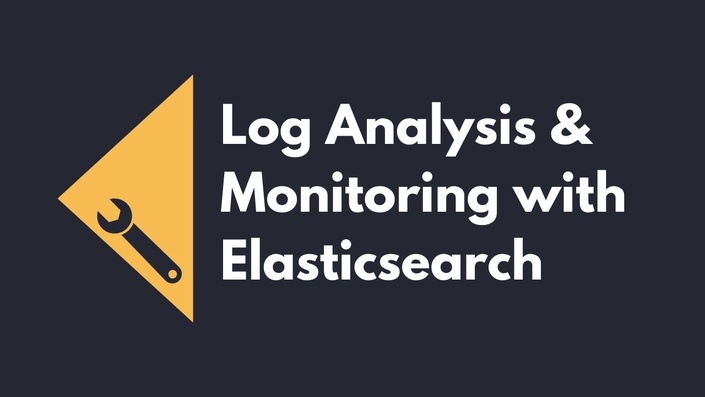As a software developer, you already have a solid foundation in programming, software architecture, and development processes. Moving into data engineering means expanding your expertise to include data management, cloud platforms, and scalable processing. This 12-week roadmap, with a time commitment of 5–10 hours per week, is designed with a code-heavy approach, allowing you to apply your existing skills while learning how to build, manage, and optimize data pipelines.
Why This Roadmap is for You
✅ You’re a developer looking to transition into data engineering
✅ You want a code-heavy approach that builds on your existing skills
✅ You need hands-on experience with cloud-based data pipelines and big data processing
✅ You want to work with SQL, Python, Apache Spark, and Databricks to process and manage data efficiently
By the end of this roadmap, you’ll have the coding skills, cloud experience, and hands-on projects to confidently step into a data engineering role.
What You’ll Achieve in This Roadmap
This roadmap builds on your software development experience while introducing you to the key concepts, tools, and real-world projects that are essential in data engineering.
Goal #1: Understand Data Platform & Pipeline Basics
Before jumping into cloud and big data frameworks, you need to understand the architecture of modern data platforms. This includes learning how data pipelines work, what components are involved, and which tools are used for batch and stream processing. By mastering these fundamentals, you'll be able to design and implement efficient data workflows.
Goal #2: Practice Relational & Dimensional Data Modeling
While you might already have experience with relational databases, dimensional modeling is an area that software developers often overlook. This skill is critical for building analytical data warehouses, where structured data is optimized for fast querying and reporting—a core requirement in data engineering.
Goal #3: Get Hands-On with Data Using Python & SQL
Once you understand data modeling, it's time to work directly with data. You'll practice reading, transforming, and storing data using Python, just like data engineers do. Additionally, you’ll work with SQL to insert, store, and retrieve data from both relational and dimensional databases—key skills needed for building scalable data systems.
Goal #4: Build Your First Data Pipelines on a Cloud Platform (Batch or Stream)
Cloud platforms are essential for modern data engineering, and hands-on experience will help you get up to speed. Whether you choose AWS, Azure, or GCP, you’ll build your first cloud-based data pipeline. You can start with batch processing (ETL pipelines), which are widely used, or dive into stream processing for real-time data workflows. This hands-on project will prepare you for working with data at scale.
Goal #5: Work with Distributed Processing Using Apache Spark & Databricks
As datasets grow, working with distributed computing frameworks like Apache Spark becomes increasingly important. You’ll gain experience in processing large-scale data efficiently and explore how to run Spark workloads in the cloud using Databricks, a widely adopted platform for scalable data processing.

In 12 Weeks to Success - Step by Step
(time commitment: 5–10 hours per week)
- Introduction
- Week 1: Platform & Pipeline Design & Data Stores
- Week 2: Relational Data Modeling
- Week 3: Python for Data Engineers
- Week 4: SQL For Data Engineers
- Week 5: Docker Fundamentals
- Week 6 & 7: End-To-End Project on AWS, Azure or GCP
- Week 8: Apache Spark Fundamentals
- Week 9: Data Engineering on Databricks
- Week 10: Dimensional Data Modeling
- Week 11: Working with Timeseries Data, InfluxDB & Grafana
- Week 12: Store & Analyze Logs with Elasticsearch
- What's next:

